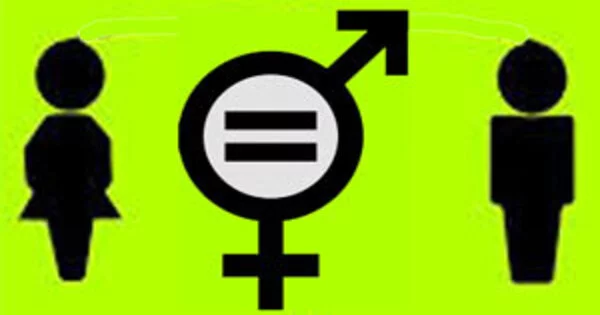The Gender Development Index (GDI) is a composite measure of gender equality developed by the United Nations Development Programme (UNDP) as part of its annual Human Development Report. The GDI takes into account three dimensions of human development – health, education, and income – and assesses the level of gender equality in each of these areas.
The Gender Development Index (GDI) is a tool for measuring gender equality. The GDI and the Gender Empowerment Measure (GEM) were introduced in the United Nations Development Program’s Human Development Report in 1995. The goal of these measurements was to add a gender component to the Human Development Index (HDI). As a result, the first measurement they developed was the GDI. The Global Development Index (GDI) is defined as a “distribution-sensitive measure that accounts for the human development impact of existing gender gaps in the three components of the HDI” (Klasen 243).
The GDI is calculated as a ratio of the female Human Development Index (HDI) to the male HDI. The HDI is a composite measure of health, education, and income, which provides a general measure of human development. By comparing the female and male HDI, the GDI provides a measure of gender inequalities in these areas.
The GDI is distribution sensitive, which means that it considers not only the averaged or general level of well-being and wealth within a given country but also how this wealth and well-being is distributed among various groups within society. The HDI and GDI (as well as the GEM) were developed to compete with more traditional general income-based measures of development such as GDP and GNP.
The GDI ranges from 0 to 1, with a value of 1 indicating perfect gender equality. A GDI value below 1 indicates gender inequality, with lower values indicating greater inequality. The GDI is an important tool for policymakers and researchers to assess the progress of countries in achieving gender equality and identify areas where more action is needed to promote gender equality.
Gender inequalities in achievement in three basic dimensions of human development are measured by GDI: health, measured by female and male life expectancy at birth; education, measured by female and male expected years of schooling for children and female and male mean years of schooling for adults ages 25 and older; and command over economic resources, measured by female and male estimated earned income.
















